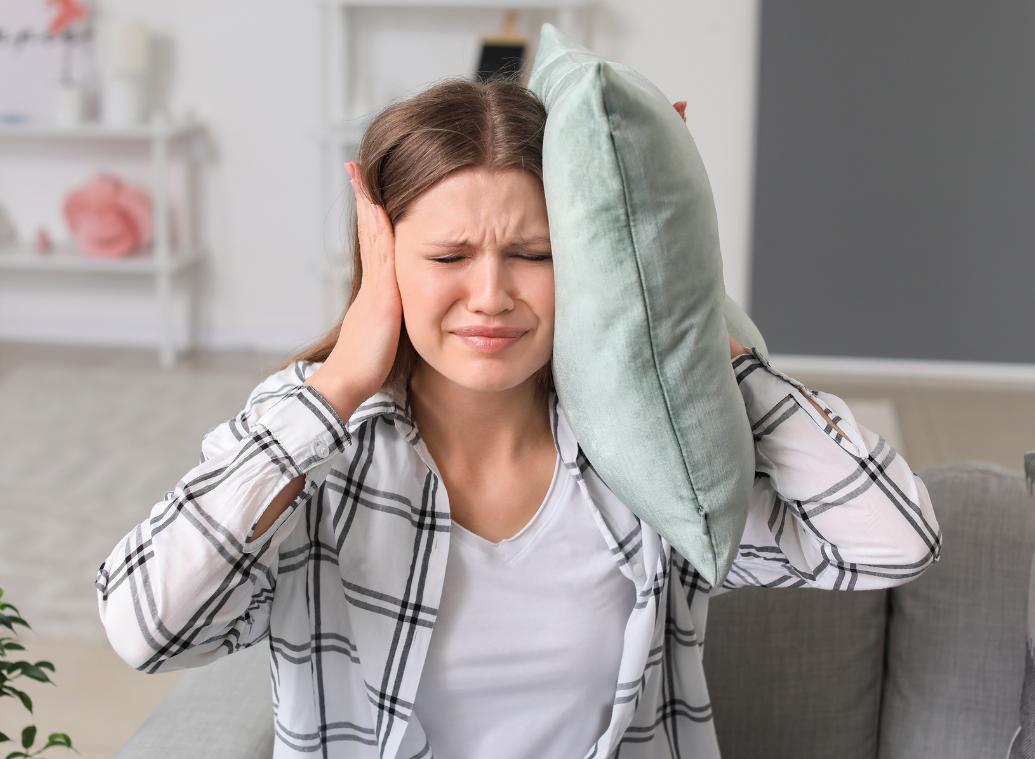Fibromyalgia and genitourinary problems: Everything you need to know!
Published 24 Aug 2021 • By Candice Salomé
Often ignored or misunderstood, fibromyalgia affects 1.5 to 2 million people in the UK and around 7 times as many women as men. Fibromyalgia combines permanent muscle and joint pain, sleep disorders, chronic fatigue, anxiety disorders and depressive symptoms. Other symptoms such as frequent urination, incontinence or cystitis may be associated with it.
But what is the link between fibromyalgia and genitourinary problems? What are the causes? How can these symptoms be treated?
We explain everything in our article!

Fibromyalgia presents a challenge to both science and medicine. It is difficult to diagnose because of the wide range of clinical symptoms it presents, of which genitourinary issues may be included.
What is the link between fibromyalgia and genitourinary problems?
While not very common in the general population, genitourinary problems affect 5% of women with fibromyalgia.
These patients experience pain in the genitourinary system such as:
- Vulvodynia, i.e., pain in the vulva with itching and burning in the labia minora (also known as vulvitis) or in the vulvar orifice and its periphery (also known as vestibulitis) without any apparent cause. The mucous membranes may or may not be irritated.
- Vaginal spasms or cramps
- Pain during and after intercourse (called dyspareunia) with or without vaginal dryness
- A very frequent need to urinate (day and night) with often concentrated urine (overactive bladder).
- Numbness or tingling during or just after urination (dysuria)
- Difficulty urinating
- Burning sensation during or after urination with or without infection
- Repeated urinary tract infections in the context of chronic interstitial cystitis.
- Bladder spasms
All of these genitourinary symptoms are aggravated in the period before menstruation.
The occurrence of genitourinary symptoms in patients with fibromyalgia has led to the development of a sensory assessment tool known as the Fibromyalgia Bladder Index.
This grading tool allows fibromyalgia patients and physicians to assess bladder symptoms.
What causes genitourinary problems?
Some scientists explain that the bladder problems caused by fibromyalgia may be neurological in nature. This is because neurological disorders affect the body's nervous system. The nervous system plays an important role in regulating the storage of urine in the bladder and can therefore lead to urinary incontinence.
In addition, the pain and muscle contractions experienced by people with fibromyalgia may be another factor in urinary incontinence. These muscle pains may create a sense of urgency to urinate or the need to urinate frequently.
Digestive problems often caused by fibromyalgia can also cause conflicting signals to be sent to the bladder.
Finally, it is known that people with chronic pain conditions such as fibromyalgia are more likely to suffer from interstitial cystitis, irritable bowel syndrome or vulvodynia. In people suffering from these different health problems, the neurons responsible for transmitting pain messages to the brain are more active. The consequence is a greater sensitivity to pain.
How are genitourinary problems treated?
Treating urinary incontinence
To prevent incontinence problems, you should not limit your hydration, but avoid certain drinks such as alcohol, caffeinated drinks, carbonated drinks and fruit juices.
Certain foods should also be avoided, such as citrus fruits, fruits, spicy foods, vinegar and chocolate.
Another piece of advice: don't drink after dinner and always go to the toilet before going to bed to limit the urge to urinate at night.
In addition, there are several ways to limit the problems associated with an overactive bladder. Here are just a few:
Bladder retraining exercises:
These will help limit the urge to urinate. Kegel exercises can help: lying on your back with your knees bent, as you exhale, contract your pelvic floor muscles to the maximum as if holding in urine or gas. Hold the contraction for 5 seconds while breathing normally, then release with a 10 second rest between each contraction.
Drug treatments:
There are specific treatments that can help you reduce your need to urinate and can also help limit leakage. These treatments belong to a particular class of drugs called anticholinergics.
If your bladder problems are affecting your daily life, talk to your doctor. He or she will initially recommend what are known as conservative measures (bladder retraining, lifestyle changes, etc.). However, if these measures prove ineffective, medication may be the next step. Finally, if the symptoms persist or worsen, surgical procedures are available.
Treating vulvodynia
Often called "vaginal depression", vulvodynia can be treated with antidepressants (amitriptyline and nortriptyline) to relieve the nerve pain behind it. Anti-epileptic drugs such as gabapentin and pregabalin can also help, as conventional painkillers such as paracetamol are ineffective in this case. Injections of local anaesthetics and steroids may also be considered, as may, in very rare cases, surgery to remove part of the vulva.
Treating interstitial cystitis
Interstitial cystitis is treated with painkillers: analgesics and non-steroidal anti-inflammatory drugs (NSAIDS) reduce the pain considerably. Antispasmodics can be administered, and even antihistamines in the case of allergic cystitis.
In addition, in order to ease cystitis, it may be worthwhile to start bladder retraining which uses relaxation techniques to train the bladder to empty at specific times. Pelvic-perineal rehabilitation can help to relieve muscle spasms in the pelvic cavity, hence its value in the treatment of interstitial cystitis.

 Facebook
Facebook Twitter
Twitter



